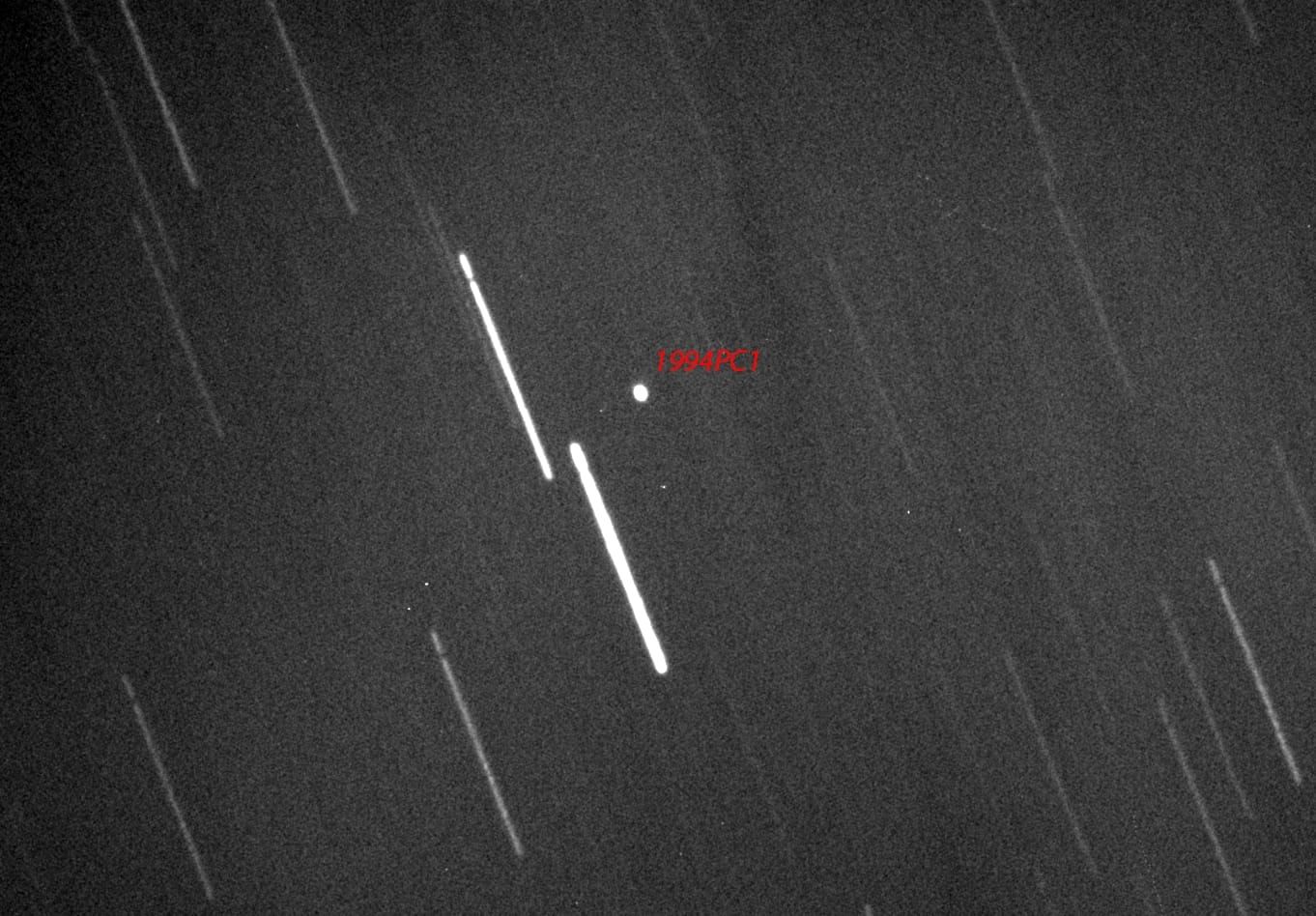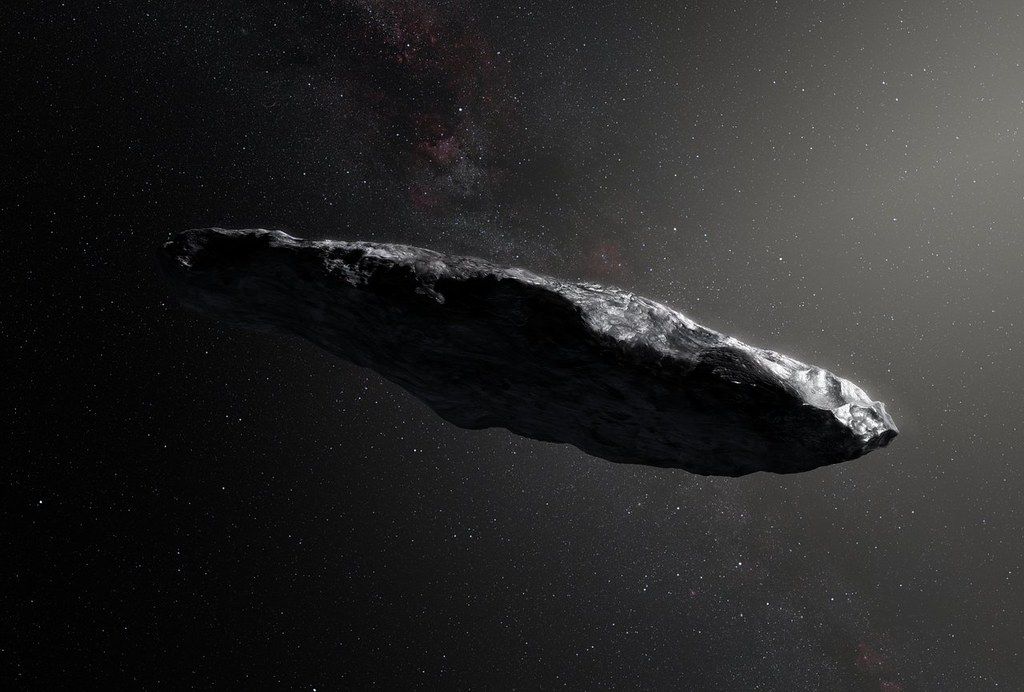Discovered in 1994 by Scottish-Australian astronomer Robert H. McNaught the near-earth asteroid will pass by earth approximately 1.9 million kilometres away and is travelling at a speed of 70, 415 km per hour. While the shear size may cause concern for some, CEO of Dubai Astronomy Group Hasan Al Hariri says that there is absolutely nothing to worry about.
“The asteroid will fly past and go even beyond the moon,” he told Khaleej Times.
“It’s not going to collide with our planet [and] there are more than 500 such asteroids,”
“These are called NEOs or Near-Earth Objects or Hazardous Bodies.”
Although the sizable asteroid will pass earth at more than five times the distance between the earth and the moon, it will be the closest to earth for the next 200 years. According to NASA (7482) 1994 PC1 orbits the sun every 1.5 years and the last time it was this close to earth was 1933.

This means that all asteroids “with an Earth Minimum Orbit Intersection Distance (MOID) of 0.05 au or less and an absolute magnitude of 22.0 or less” are a PHA according to the NASA Jet Propulsion Laboratory. To view the asteroid, scientists recommend that stargazers have a telescope with at least 15 centimetres aperture and for those who don’t have a telescope there are various online platforms where the asteroid can be viewed.
NASA’s ‘Eyes on Asteroids’ presents a 3D image of the asteroids trajectory and provides simple data while ‘In-The-Sky’ will help starwatchers be able to locate the asteroid from anywhere on earth. The Virtual Telescope Project will stream the space event online.
(7482) 1994 PC1 is expected to be visible from Australia (specifically Canberra) at approximately 9:30pm until 4:02 am starting tonight.






